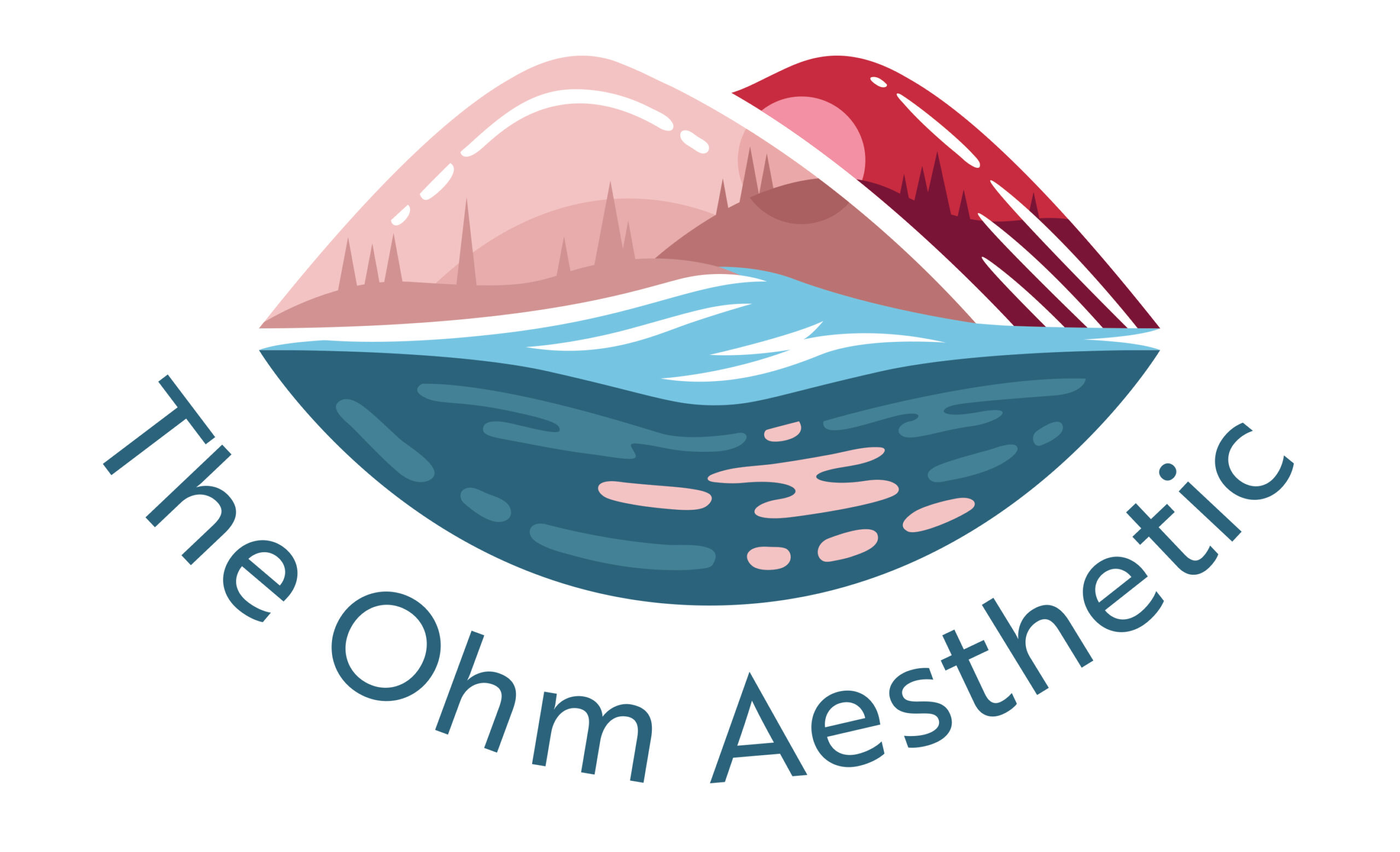Your Resting Bi*tch Face (RBF) may be contributing to your depression. Charles Darwin observed a strong connection between the physical expressions of emotions and the intensity with which those emotions are felt. He called the glabella muscles, located between the eyebrows, the “grief muscles.” The Glabella is comprised of the Procerus and Corrugator muscles. These muscles are depressors, meaning they pull the structures they attach to down. When we contract these muscles, we pull our eyebrows down and inward, expressing negative emotions such as fear, sadness, anger, and frustration – emotions that are prevalent in individuals diagnosed with depression.

Darwin’s observations led to the development of the Facial Feedback Hypothesis, which suggests that the outward expression of emotions can cause physiological changes and intensify the actual experience of those emotions. For example, if you are having a bad day and force yourself to smile at everyone you make eye-contact with, you may feel better by the end of the day. This theory suggests that if you smile or elevate your cheeks, you will feel happiness, and if you furrow your eyebrows or frown, you will feel sadness and other negative emotions. This development paved the way for the exploration of the sensory connection between the muscles in our face and our emotions.

To test this theory, Andreas Hennenlotter and colleagues performed a study where participants were asked to imitate a facial expression during MRI imaging of the brain before and two weeks after receiving Botox treatment in the glabellar area. The results showed a decreased response and activation of the amygdala and brainstem, which are responsible for emotional processing and experience. These results suggest that Botox can change how the brain responds to emotional situations.
Multiple Randomized Controlled Trials (RCTs) have been conducted to evaluate the antidepressant effects of Botox. Most of these studies found statistically significant improvement in depression symptoms at 8 weeks post-injection into the glabella. Two studies even suggest that Botox is at least equally effective and better tolerated than a popular antidepressant prescription medication. It is worth noting that the antidepressant effects lasted longer than the muscle-relaxing effects. While more studies are needed and several are ongoing, the current evidence is promising.
Despite the success of treatment modalities such as oral antidepressants and talk therapy, about one-third of patients are resistant to these treatments. There is a clear need for more options with fewer side effects, such as Botox.
References:
- Hennenlotter, A.; Dresel, C.; Castrop, F.; Ceballos Baumann, A. O.; Wohlschlager, A. M.; Haslinger, B. (June 17, 2008). “The Link between Facial Feedback and Neural Activity within Central Circuitries of Emotion—New Insights from Botulinum Toxin–Induced Denervation of Frown Muscles”. Cerebral Cortex. 19 (3): 537–542. doi:10.1093/cercor/bhn104. PMID 18562330.
- Söderkvist, S., Ohlén, K., & Dimberg, U. (2018). How the Experience of Emotion is Modulated by Facial Feedback. Journal of nonverbal behavior, 42(1), 129–151. https://doi.org/10.1007/s10919-017-0264-1
- Wollmer MA, Magid M, Kruger THC, Finzi E. Treatment of Depression with Botulinum Toxin. Toxins. 2022; 14(6):383. https://doi.org/10.3390/toxins14060383

